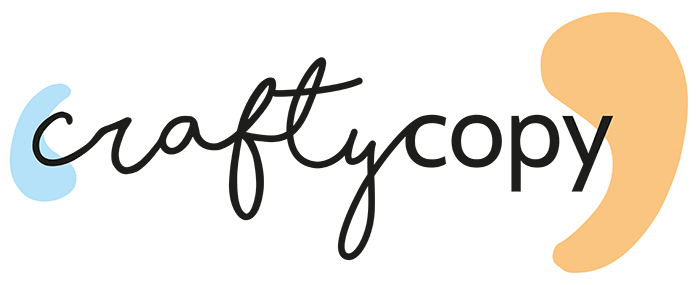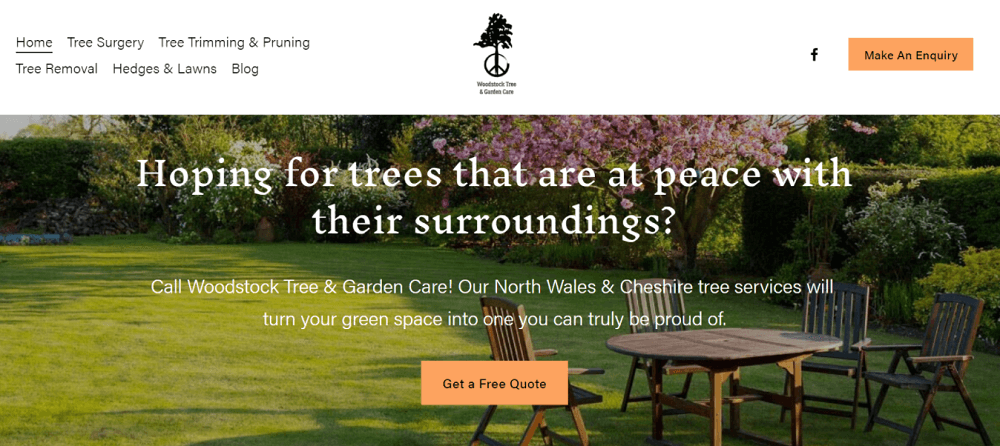Call to Action vs Call to Value: Know the Difference
Take it from a website copywriter: some of your calls to action can be turned into a call to value… and they totally should.
Not all of them, though. Slow down!
But, still, the right call to value might just be what makes the difference between an instant purchase and a ‘nah, I’ll think about it later.’
You’re probably familiar with the former. Before I tell you the actual difference between calls to action vs calls to value, though, let’s make sure we’re on the same page.
What is a CTA (call to action)?
A call to action involves words and designs that are intended to compel a specific audience to follow through with an action.
You’ve actually seen and clicked on thousands of calls to action before: ‘buy now’, ‘book a free call’, ‘get in touch’... sounds familiar, right?
While that’s not always the case, most calls to action also stand out visually because they involve a different design element like another colour or a button.
For example, the ‘contact me’ button that you see here on one of my clients’ websites is still part of the main navigational menu, just like any other website page… and yet it stands out by looking like a button.
What is a call to value?
A call to value is still a call to action intended to convince your audience to complete a specific action, but it also includes a value proposition, reminding them what this action will translate into for them.
For example, instead of ‘buy now’, a call to value could say:
Get one step closer to a more empowered version of yourself
Access our Members Only library & start learning
Find the right accessory for your impeccable outfit
Stop wasting money on excessive heating bills
Here’s another example from my own website:
Calls to action vs calls to value: which to use?
In most cases, you want to use calls to action and calls to value wisely and in a balanced way rather than always sticking to the former or going overboard with the latter.
But how do you know which is the right one for a specific situation?
“Let’s be realistic: no call to action or call to value will ever compel your audience to take that step if you haven’t already explained its benefits with more words or content.”
It all depends on the context and the rest of your copy.
So, don’t think of your calls to action and calls to value as separate elements, but rather concentrate on how they can complement the existing words on your website.
Use calls to value to help your audience make the decision to buy
“Because calls to value reinforce the value proposition and benefits of your offer, they can actually help your audience make up their mind in the first place.”
For example, let’s say that you have a long sales page to sell your three-month coaching program.
That page will consist of different sections of body paragraphs and a few calls to action and value.
The more your leads read and scroll down, the more they’ll be convinced to invest in you.
While that’s mainly the job of the body of your copy, calls to value like ‘stop wasting time going in the wrong direction’ will remind your audience why it’s important that they take action right now.
Because they’re not just ‘buying your program’: they’re investing in a service that will prevent them from wasting even more time going in the wrong direction. That really puts this investment into perspective!
And they might not too happy to part with their hard-earned cash to purchase your service, but they’re definitely up for avoiding that dreadful scenario.
Use straightforward calls to action to simplify this final step
“A call to action, on the other hand, is usually for people who have already decided that they’re going to buy your product or service. ”
Basically, they understand its value because they’ve learned about it through the bulk of your website copy or because they’ve landed on that page from your socials. They just need to know exactly what to do next, so clarity is essential here.
So, for example, if the call to action is to book a call with you, you probably have a form.
A straightforward CTA like ‘book a call’ or ‘submit’ will facilitate it without needing to state its value again: if someone has made it to the bottom of your sales page and has started to fill up the form, they’ve already decided they’re going to buy from you.
So, do you use a good mixture of calls to action and calls to value?
If you’ve found this useful, start receiving more advice and content prompts (perfect for ambitious female entrepreneurs looking to connect with their audience through their marketing copy!).
More #crafty blog posts on this topic:










